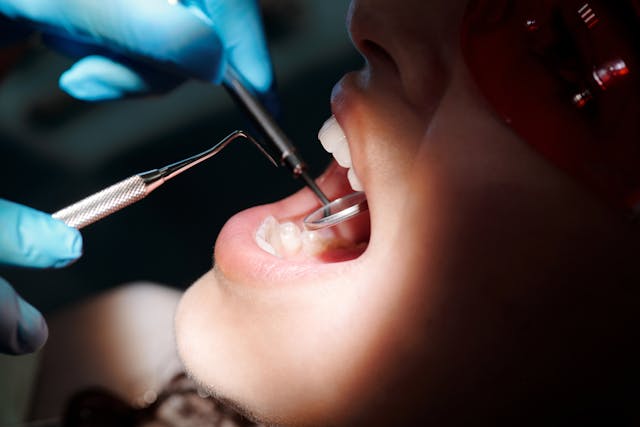What You Should Know About Permanent Teeth
May 24th, 2024
Losing baby teeth is a special milestone for both the child and the parents as the child grows up. The 20 tiny primary teeth that your child has will slowly fall off and a brand new shiny set of permanent teeth will grow. These 32 permanent teeth will need to stay in your child’s mouth for the rest of their life so it’s important to take extra special care of them. Here’s what you need to know about permanent teeth.
The Numbers
Baby teeth erupt when the child is about 6 months old, and are fully formed at ages 2-3. There are 20 baby teeth, 10 on top and 10 on bottom, and 32 permanent teeth, 16 on top and 16 on bottom. The permanent teeth start replacing baby teeth around age 5.
When is everything going to happen?
Permanent teeth may vary when they come in. However, on a general level, first molars start coming in around 6-7 years old, central incisors around 6-8, lateral incisors around 7-8, canines around 9-13, premolars around 9-13, second molars around 11-13, and third molars around 17-21, if they come at all.

How do we make sure they stay in?
Taking care of your child’s permanent teeth isn’t anything more than just taking care of your own teeth. Make sure they are brushing 2-3 times a day, flossing, and using mouthwash frequently. Also, book dentist cleanings every 6 months, and ensure that your child is getting the proper treatment they need for cavities. You can also limit sugars and other food that cause teeth to be more cavity-prone.
What if they come in crooked?
Don’t worry; that’s what braces are for! The orthodontist can help adjust your child’s teeth to get them in the proper placement. Braces can also fix jaw misalignment, bite, prevent decay and gum disease, and reduce your chance of losing teeth.
Permanent teeth aren’t anything to be scared of. Encourage your child to get excited about the upcoming changes, and maybe introduce the Tooth Fairy to them.

